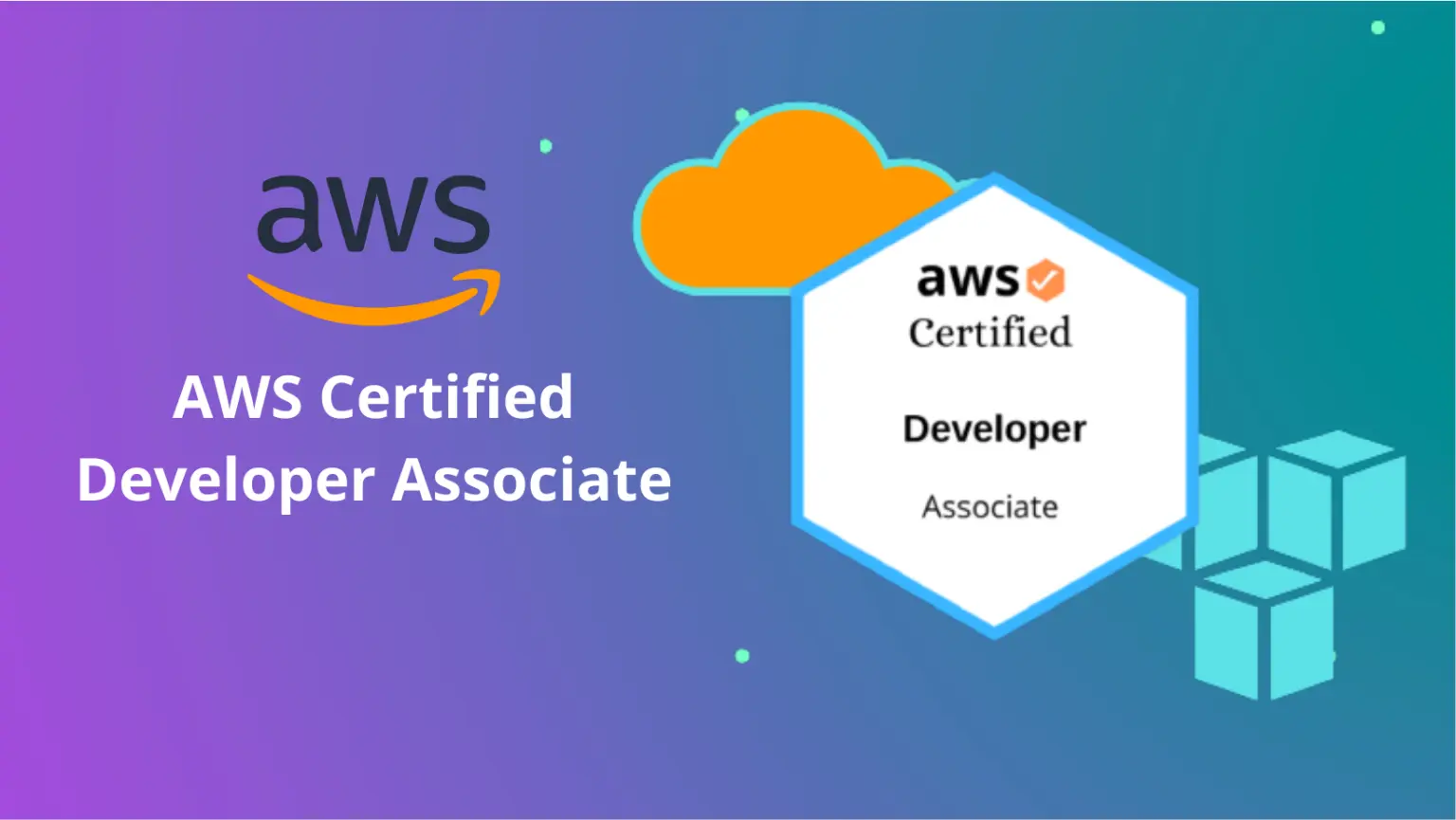Target Audience
- IT Professionals
- Cloud Developers
- Cloud Software Engineers
- Programmers
- DevOps Professional
- Designed for professionals and beginner who are responsible for the developer role
The AWS Certified Developer Associate is one of the three associate-level certifications offered by Amazon-Web Services.This is intended for individuals who perform a Developer role.
Want to learn how to architect and build applications on AWS?

The AWS Certified Developer Associate is one of the three associate-level certifications offered by Amazon-Web Services to test an individual’s ability to successfully demonstrate developing and maintaining within the AWS platform. Intended for individuals already in a development role, AWS recommends having at least one or more years of hands-on experience in order to be able to pass this exam and become certified. The main requisite of this certification is to have a good understanding of core AWS services, uses, and basic AWS architecture best practices.
Yes, even if you are a non-technical person or fresher, you can become an AWS Developer. As there is no prerequisite for the AWS Certified Developer Associate exam, you just need to gather the recommended AWS knowledge and gain some experience of working on the AWS platform. You can get hands-on with AWS by using AWS free tier account and validate your skills with the AWS Certified Developer Associate exam to become an AWS Certified Developer.
Yes, we provide a course completion certificate for online training courses issued by NetXperts.
No, There are no prerequisites for learning this training
AWS Certified Developer-Associate certification comes with the validity of three years from the date certified. You need to recertify to maintain your certification status.
You can cancel or reschedule your exam up to 24 hours before your scheduled appointment without additional fees.
To reschedule or cancel your exam, go to your AWS Certification Account and click either the “Manage PSI Exams” or “Manage Pearson VUE exams” button.
AWS Certified Developer – Associate is intended for anyone with one or more years of hands-on experience developing and maintaining an AWS-based application. Before you take this exam, we recommend you have:
If you have any queries or concerns with any of your real-time projects at your workplace, we will help you with the answers for the same however you need to implement it on your own you can contact us sharing the details to our Support Email – [email protected].